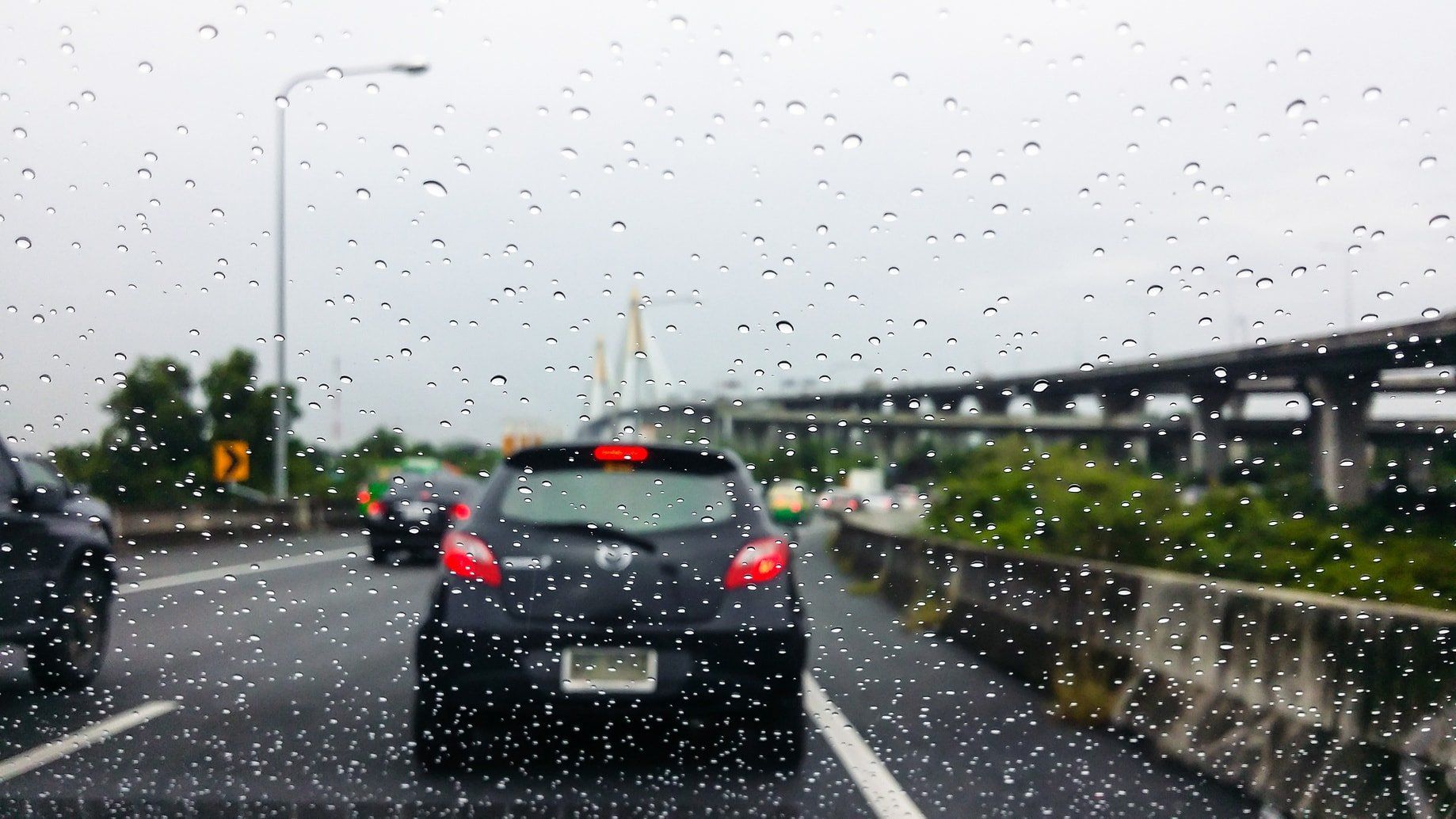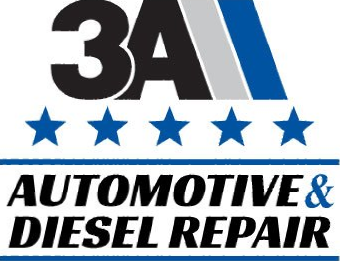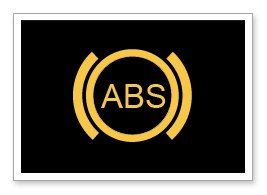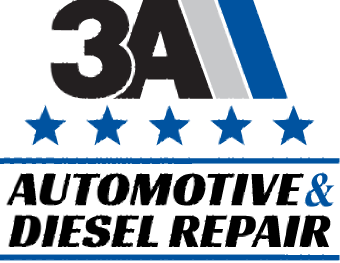In the Rain, Should I Pump My Brakes?

In the Rain, Should I Pump
My Brakes?
We are getting a lot of rain this season so I thought I would clear up a question we often get here at 3A.
Although it only became a mandatory option in the USA in 2013, most vehicles manufactured over the past two decades have some sort of anti-lock braking system (ABS). The ABS is an automobile safety system that allows the wheels of your vehicle to maintain tractive contact with the road surface when the brakes are applied. The ABS keeps the car from going into an uncontrolled skid because the tires are locked up. (Ever notice you don’t hear many of those long, terror-inducing skids at a stop light anymore?…That’s because most cars have ABS)
That being said, IF YOUR VEHICLE IS EQUIPPED WITH ABS IT IS MUCH SAFER TO APPLY STEADY & APPROPRIATE PRESSURE ON YOUR BRAKES WHEN YOU NEED TO STOP OR SLOW DOWN THAN IT IS TO TRY AND PUMP THE BRAKES when you are on a paved surface.
The old days of “pumping the brakes” was an attempt to do exactly what the ABS does but at a rate of about 15 times per second. The sensors and computer running your car’s ABS are usually very reliable when the braking system is properly maintained. You can test your ABS out by heavily pressing the brake peddle while driving in a parking lot or on an empty street. If you have ABS and it is working properly your tires will not lock up and you will stop very quickly.
If your ABS light is illuminated on your dash, your ABS system is most likely disabled which is a safety concern that should be addressed for optimum braking and vehicle control.
The best way to avoid most ABS issues is to regularly replace all the brake fluid in your vehicle about every 20-30 thousand miles with a BRAKE FLUID FLUSH.
Enjoy the winter rain and drive safe. And, as always, thank you for your business.
Thank you,
Jimmy Alauria
President









